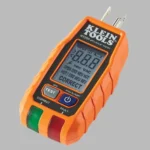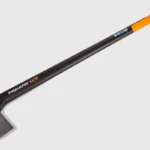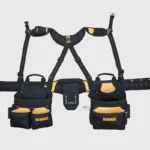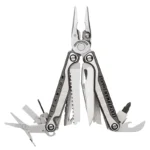You don’t need gas fumes or earplugs to get through a log. Sometimes all you need is some Sheffield steel, a bit of elbow grease, and the right rhythm. That’s where the Lynx 3′ One‑Man Crosscut Saw steps in—quietly, but confidently. It’s one of those tools that makes you feel like a proper woodsman, even if you’ve only got two trees on your property and a firepit you bought off Craigslist.
Let’s break this down.
Quick Specs
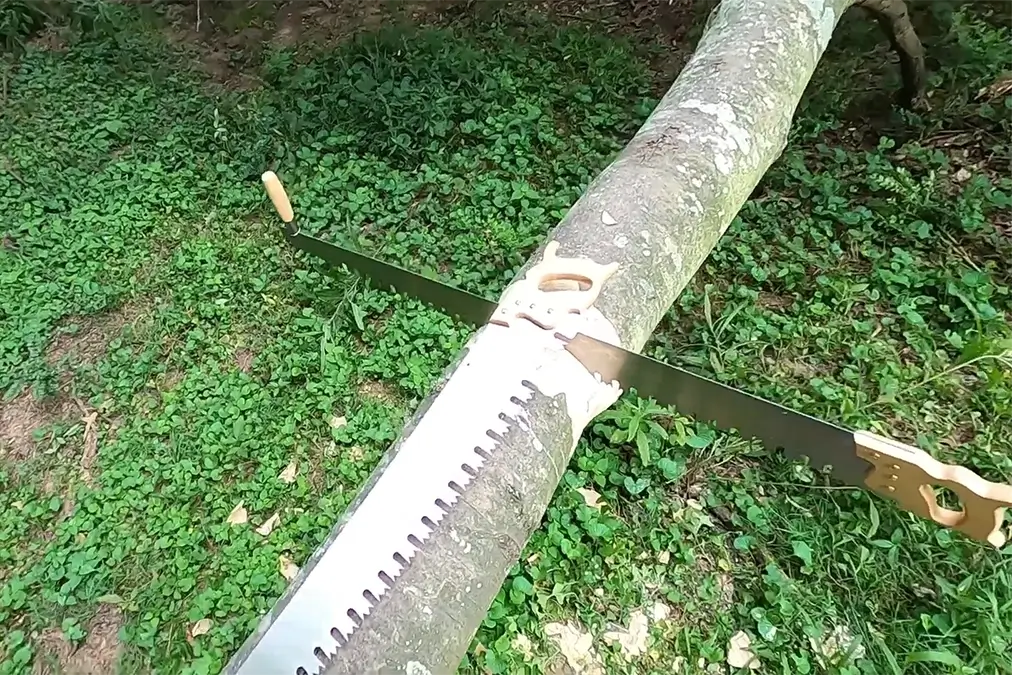
Before we romanticize too much, here are the raw facts:
- Blade Length: 36 inches
- Steel: CS80 British high-carbon (44–46 Rockwell)
- Blade Thickness: 1.5 mm
- Tooth Options: Great American or Champion Tooth
- Primary Handle: Solid beechwood
- Auxiliary Handle: Add-on, positionable
- Weight: Just under 4 lbs
Now, on paper it sounds like a vintage throwback. But this thing is built to work.
Build Quality
The first thing you’ll notice is the blade. It’s wide, has some flex, and carries that unmistakable glint of properly tempered carbon steel. It’s not stainless, and that’s actually a good thing—CS80 steel holds an edge better and sharpens easily. The tradeoff? You’ll need to oil it, or it’ll rust if you sneeze near it.
The handle’s no afterthought either. The primary grip is made from beechwood that’s shaped for actual human hands. You won’t find plastic anywhere on this saw—refreshing, right?
The auxiliary handle comes unattached. You’ll need to press-fit it where you want it—at the tip if someone’s joining you, or midway if you want better control. It’s clever, but fair warning: the fit might feel a bit snug or loose out of the box. That’s just woodworking. A little sanding or tap with a mallet usually sorts it.
Great American vs. Champion Tooth

Here’s where things get spicy.
Great American Tooth
This one looks aggressive. Big gullets, alternating bevels, and it just chews through dry wood. If you’re working with seasoned logs or anything not soaked in sap, this tooth pattern is your friend.
Champion Tooth
This one’s got a more refined edge. It alternates between cutters and rakers. Think of it like a lumberjack with manners—clean cuts, less effort in green or sappy woods. It’s also a bit less jarring on your arms over time.
So which one should you get? Depends on your wood pile. I picked Great American because I mostly cut dry maple and ash. But if you’re tackling fresh pine or green limbs, Champion’s the way to go.
Performance
Using this saw feels like manual labor meets meditation. The rhythm matters more than brute force. Long, even strokes. Let the weight of the saw do most of the talking.
On a 12-inch round of dry oak, it cuts surprisingly smooth. Not chainsaw-fast, obviously, but way quieter and cleaner. Once you catch your stride, the chips fly and the blade hums along.
One thing worth noting: it’s not really made for logs over 24 inches. You can do it, but expect a workout. If you regularly tackle monsters, you’ll want the 4′ version or a two-man saw.
The best part? No gas, no oil, no start cord to yank.
Pros
- Solid steel, made to last
- Replaceable/sharpenable teeth
- Comfortable handle, real wood
- Works with or without a second person
- Two tooth options for different wood types
Cons
- Might need to tweak the aux handle fit
- A bit pricey if you’re used to big-box hardware
- Not ideal for huge logs
- Needs sharpening skills or a file and some patience
How It Stacks Up Against the Competition
Compared to big-box options like Bahco or even Fiskars, the Lynx is in another league. Those saws are built for the occasional job. The Lynx is built like it’s expecting to work for decades—and look good doing it.
It also beats out impulse-hardened blades on one major front: longevity. Once those modern blades dull, they’re toast. The Lynx just needs a few strokes with a file and you’re back to work.
If you’re looking at traditional two-man saws, just remember: unless you’ve got someone nearby and willing to sweat with you, one-man saws are way more practical. And this one’s the best I’ve used.
Tips & Common Questions
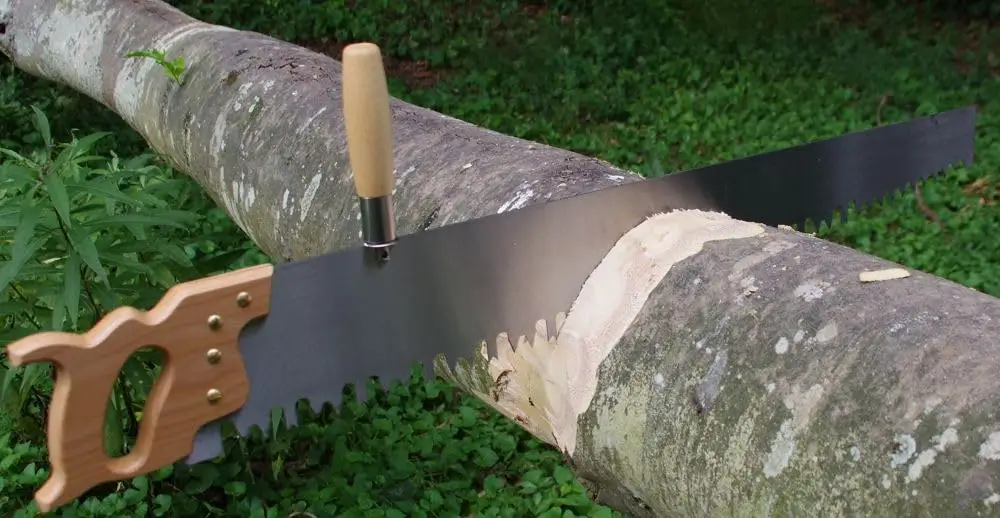
Can I use it with two people?
Yep. Just slide the second handle to the tip of the blade and your buddy can jump in.
Is it hard to sharpen?
Nope. It’s like brushing your teeth—slow and steady, same angle, same pressure. You’ll get the hang of it.
What wood types can it handle?
Dry hardwoods like maple, oak, or ash are no problem. Just pick the right tooth pattern. Green logs? Go Champion. Dry stuff? Great American.
What size logs is it best for?
Anything up to about 20–24 inches. You can go bigger, but be prepared for a sweat session.
Final Thoughts
If you want a saw that feels like it belongs in a leather sheath next to your axe, the Lynx 3′ One-Man Crosscut Saw is it. It looks like a tool your granddad would’ve used. And it works like one too—simple, efficient, tough as nails.
No batteries. No motor. No nonsense.
Just steel, wood, and a little bit of rhythm.

Matthew Dowell
Matthew, a seasoned builder from a family of craftsmen, leads Tools Trove. His passion for tools and decades of hands-on experience fuel his commitment to providing expert reviews and insightful content. Whether you’re a pro or a DIY enthusiast, Matthew’s guidance ensures informed decisions in the world of tools.

